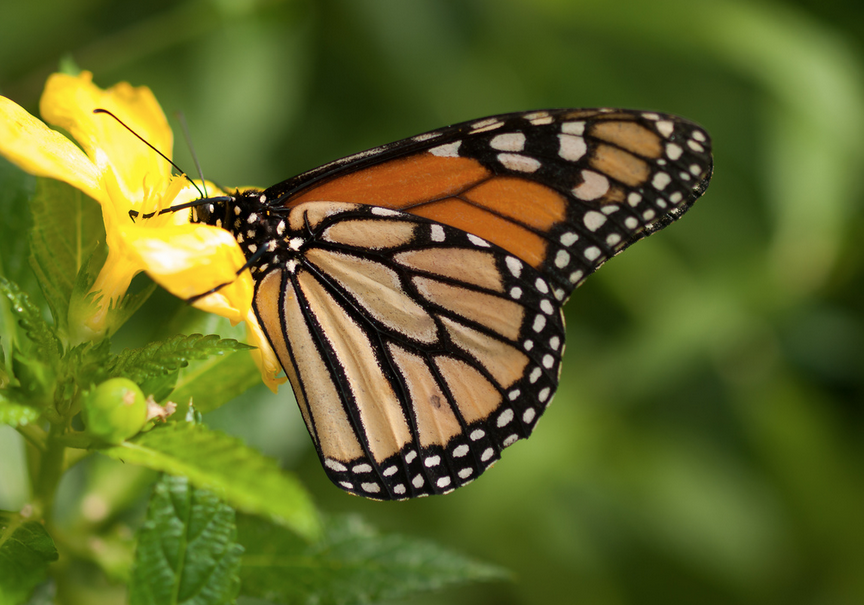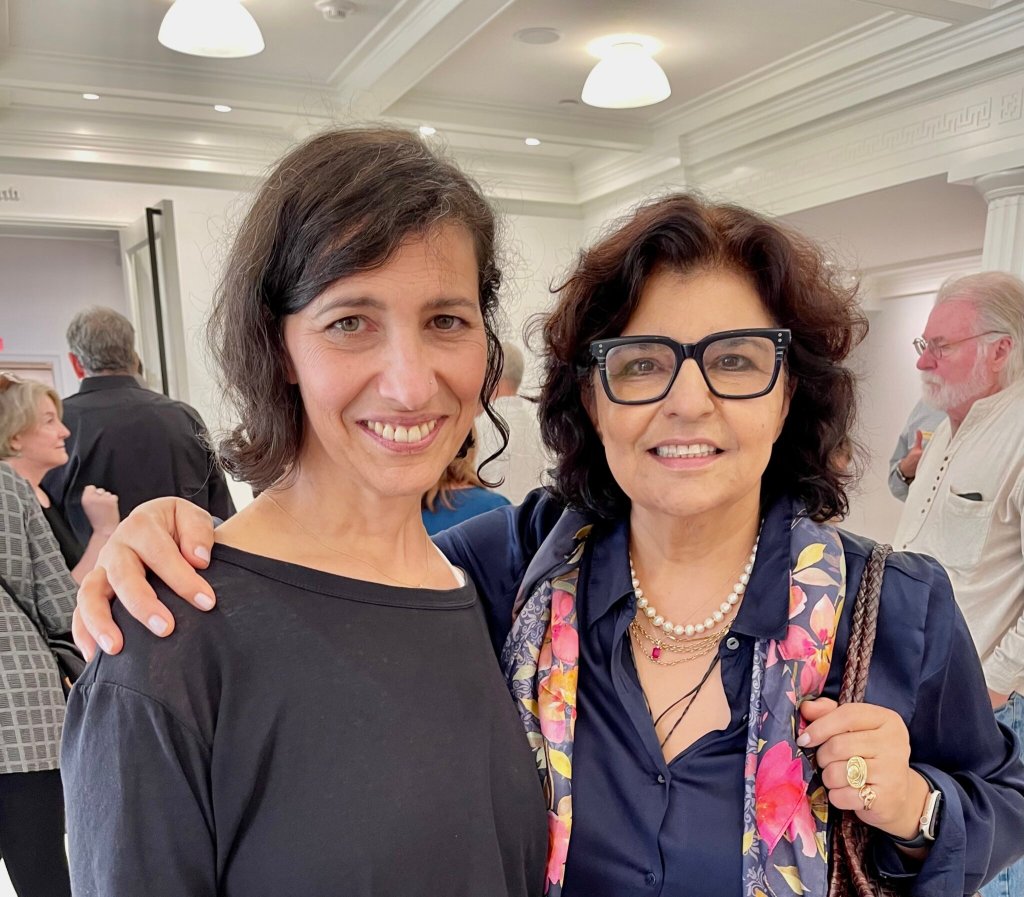Warning Signs in Lower Butterfly and Bee Populations in the Hamptons

I recently had a magical moment in the garden! A swallowtail butterfly landed on a flower in a patch of Echinacea ‘Magnus’ about two feet in front of me and supped on the nectar of a flower head. It then moved onto three more while I stood motionless, just watching. With humility and appreciation for this happening, I added it to my list of very special insect moments: praying mantis hatching, sighting a walking stick, slugs mating (!), buddleia covered in monarch butterflies and pruning inside a shrub abuzz with bees.
I see few butterflies these days, in fact, the same buddleia have no monarchs this year and I rarely see a honeybee. These buddleia are in a garden where I know no chemicals have been used for at least the past nine years. Despite the lack of pesticides, there are no other significant butterflies and almost no honeybees. Curious…
Butterflies and honeybees are significant pollinators. Bees pollinate 1/3 of all of our food supply, and both pollinate our flowers. Their continuing decline is significant for these reasons, and it also signals the probable decline of many other insects that contribute to the health of plants, birds and on up the food chain. No definite causes for these declines have been named but several are being studied.
Butterflies and bees need certain plants for food. Monarchs need milkweed as a necessary part of their reproduction cycle. When meadows and natural areas are illuminated for farming or development, the food source disappears. When I was a girl, the roadsides had plenty of milkweed and pastures were covered with flowers. I see no naturally occurring milkweed and few meadows.
Climate change. Cool rainy weather in Mexico has affected the hibernation conditions for monarchs, and drought in the Midwest and Great Plains states affects the conditions needed for egg development.
Colony collapse disorder has been an increasing problem for bees, and it is now thought that there are probably several sources, some of which are also contributing to the decline of butterflies. A mite was first thought to be the culprit, then pesticides. The nature of allowable pesticides was changed to affect bees minimally. But the downward trend has not been mitigated, and it has been discovered that the pollen brought to the hive after foraging trips still contains lethal pesticides. And now, people are finding that fungicides, thought to be safe for bees, causes immune deficiency and a subsequent virus in bees.
Even in the absence of a definitive answer to these declines, there are some obvious actions that seem necessary. It is really possible to grow a garden without pesticides or fungicides. It requires some research and changing some long-held concepts of gardening and ideas of ‘landscape.’ For some, these changes may be significant, but doing the research and taking some small steps can be satisfying. It is a good feeling to take action about some of the problems that are becoming more serious each year. Pesticide use is a good place to start. Ask anyone spraying on your property or your neighbor’s property what chemicals they are using and if these are harmful to beneficial insects. Talk to your neighbors and friends about pesticides. Knowledge of specific pesticides and how they work is easily available online. Be informed on how they affect insects, you and your pets.
I went to a property recently where the homeowner mentioned that he had his trees sprayed each spring. I asked him what the spraying was for. He did not really know but said probably for insects. He, like many people, assume that spraying is one of the ways to take care of a property. Spraying should only be done when there is a problem and then targeted for that specific pest.
There are many dangerous and scary changes coming in our future as a result of the way we live—the decline of butterflies and bees here and now is evidence.
Jeanelle Myers is a professional gardener, landscaper and consultant. For gardening discussion you can call her at 631-434-5067.



